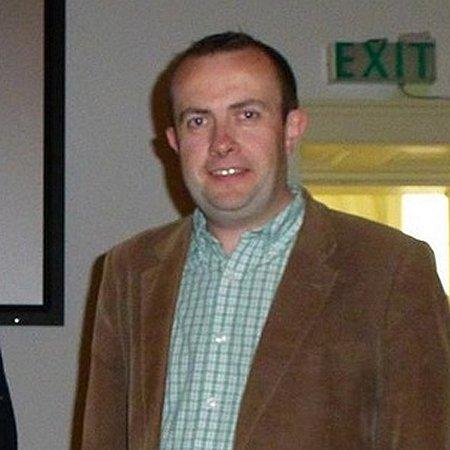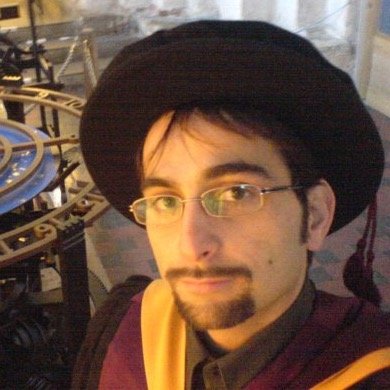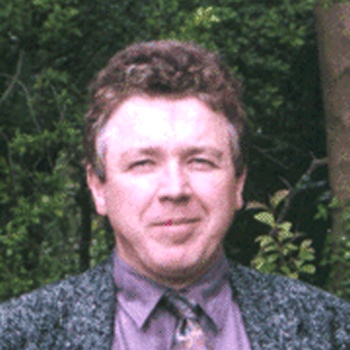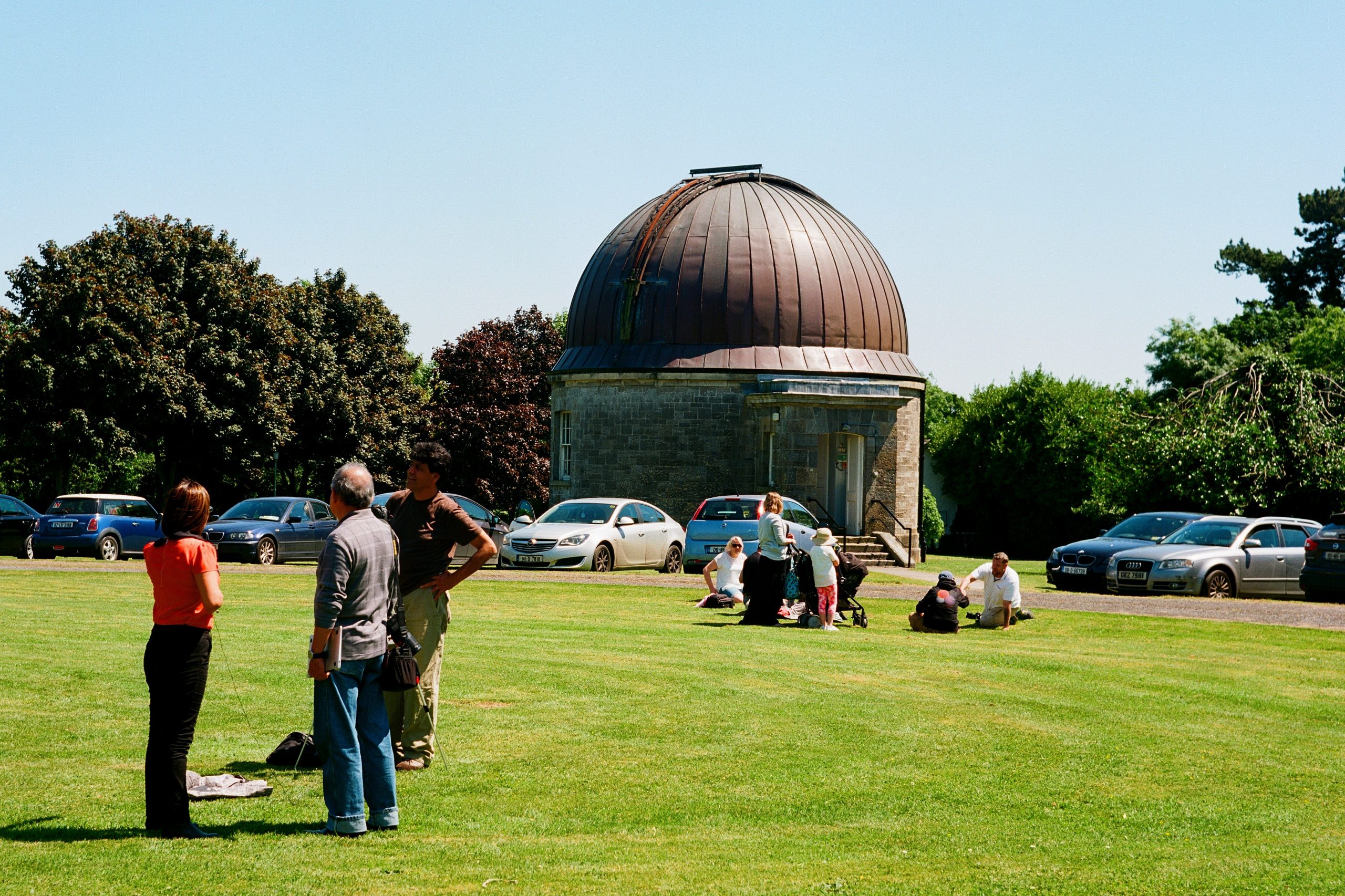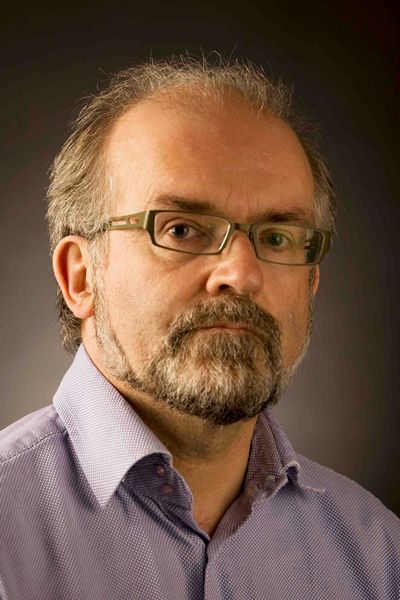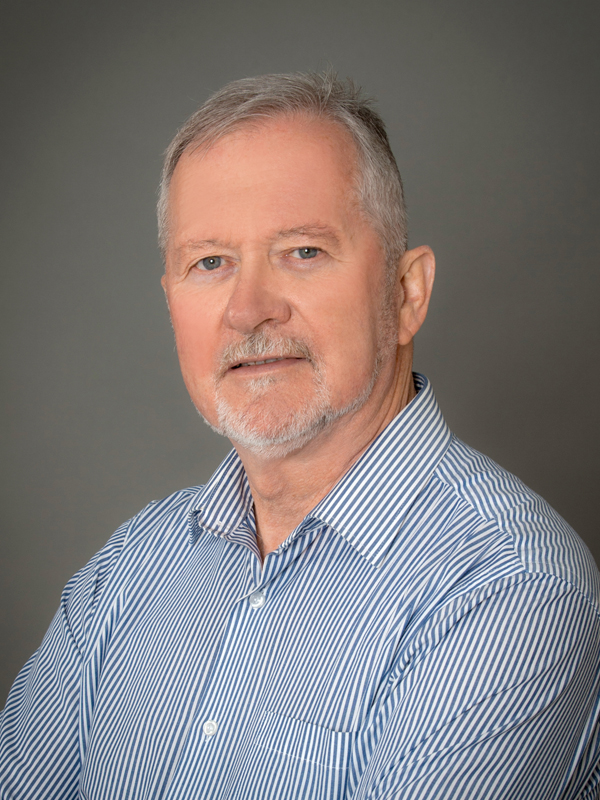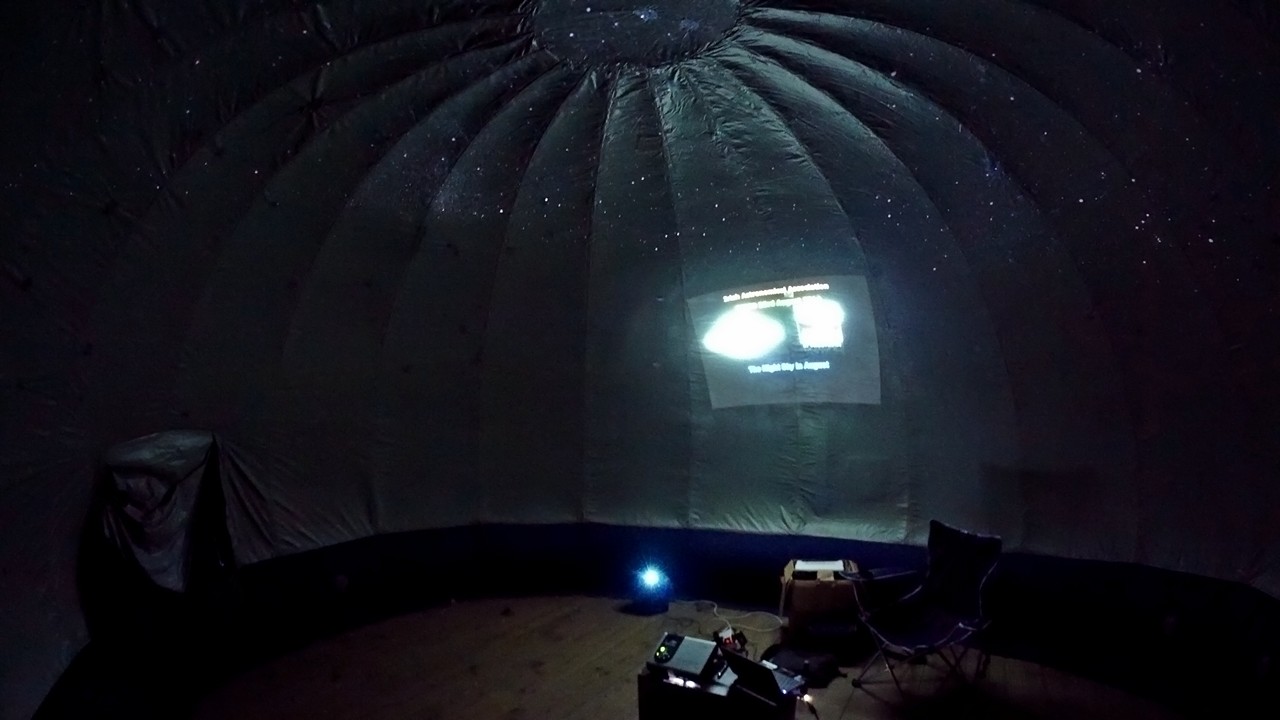Here's a synopsis of the talk from Prof Smartt…
"I will describe the remarkable discovery of the first electromagnetic counterpart to a gravitational wave source. The merging neutron star source GW170817 was temporally and spatially coincident with a short gamma ray burst and several teams located a transient optical source within the LIGO-Virgo skymap within 12 hours. A world wide observational campaign on telescopes from x-ray to radio immediately started showing that this electromagnetic transient was unlike any other observed to date. The UV to near-infrared emission showed that high velocity, low mass material was ejected and powered by the radioactive decay of heavy r-process elements. I will show how the electromagnetic radiation is consistent with models describing what we expect to see when two neutron stars merge."
Prof Stephen Smartt is a Professor in the School of Maths and Physics at QUB. Previously worked at the University of Cambridge and at the Isaac Newton Group of Telescopes on La Palma. Awarded the George Darwin Lecture of the Royal Astronomical Society in 2018, and previously held two major european awards : an ERC Advanced Grant , and European Young Investigator award.


